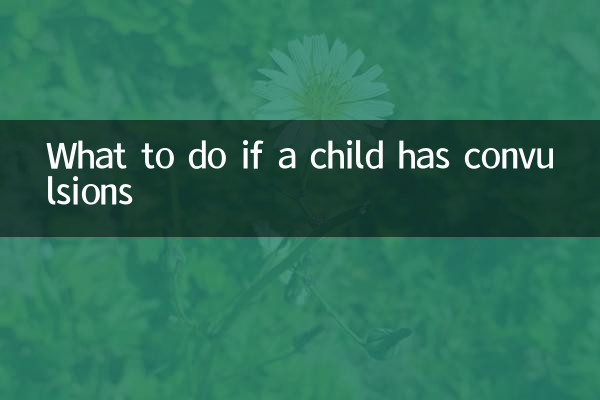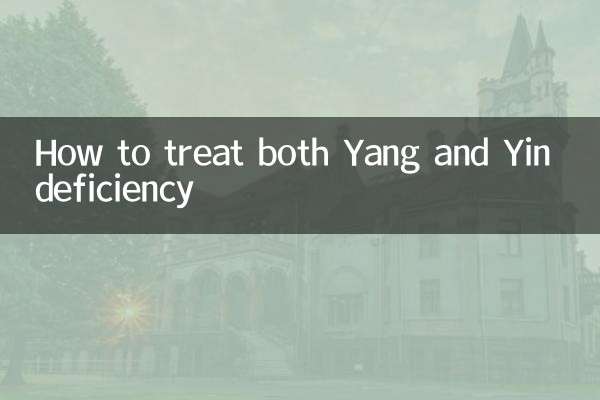What to do if a child has convulsions
Recently, topics about children's health have continued to attract attention on social media and news platforms, especially the question "what to do if a child has convulsions", which has become a hot search topic for many parents. This article will combine the hot discussions on the Internet in the past 10 days to provide you with structured solutions and precautions.
1. What is convulsions in children?

Convulsions (convulsions) are one of the common emergencies in children. They are more common in children between 6 months and 5 years old. They manifest as sudden loss of consciousness, twitching of limbs, and upturned eyeballs. According to discussion data across the Internet, the following are common triggers:
| type of trigger | Proportion (discussion popularity in the past 10 days) |
|---|---|
| Febrile seizure (body temperature ≥38.5℃) | 67% |
| epileptic seizure | 18% |
| Electrolyte imbalance (such as low calcium, low magnesium) | 9% |
| Brain infection (encephalitis/meningitis) | 6% |
2. Emergency procedures (structured guide)
| steps | Specific operations | Things to note |
|---|---|---|
| 1. Keep calm | Record the time of the attack and remove dangerous objects around it | Do not forcefully press your limbs or block the entrance of objects |
| 2. Side lying position | Turn the child's head to one side and untie the collar | Prevent vomit from blocking the respiratory tract |
| 3. Physical cooling | Wipe neck, armpits, and groin with warm water | No alcohol or ice water allowed |
| 4. Seek medical attention promptly | Seek medical attention immediately if the attack lasts for >5 minutes or occurs repeatedly. | Bring past medical history information |
3. Preventive measures (top 3 popular discussions)
According to the recent popular science content of parenting accounts, the following prevention methods are frequently mentioned:
| measures | Effectiveness (proportion recommended by doctors) |
|---|---|
| Use antipyretics promptly when you have a fever (body temperature >38°C) | 92% |
| Ensure daily water intake (calculated based on body weight 30ml/kg) | 85% |
| Regular physical examination to rule out potential neurological diseases | 78% |
4. Clarification of common misunderstandings
Based on recent rumors refuting posts by medical celebrities, special attention should be paid to:
1.Misunderstanding:Pinch someone's middle to stop convulsions
Facts:May cause soft tissue damage, no scientific basis (Director of Pediatrics of a tertiary hospital on Weibo on October 12)
2.Misunderstanding:Convulsions will burn your brain
Facts:Simple febrile convulsions will not damage intelligence (data published by a medical journal on October 15)
5. When do you need immediate medical treatment?
According to the latest version of the "Pediatric Emergency Guidelines" in October, emergency medical intervention is required in the following situations:
| red flag | Corresponding to possible diseases |
|---|---|
| Confusion persists for >30 minutes after the attack | Cerebral edema, metabolic abnormalities |
| with projectile vomiting | increased intracranial pressure |
| Unilateral twitching of limbs | focal epilepsy |
Conclusion:Recently, many places have entered the flu season, and the increase in fever cases in children has led to an increase in the popularity of the topic of convulsions. Parents should master correct first aid knowledge and pay attention toCenters for Disease Control and PreventionLatest reminders. It is recommended to save this structured guide for future reference.

check the details

check the details